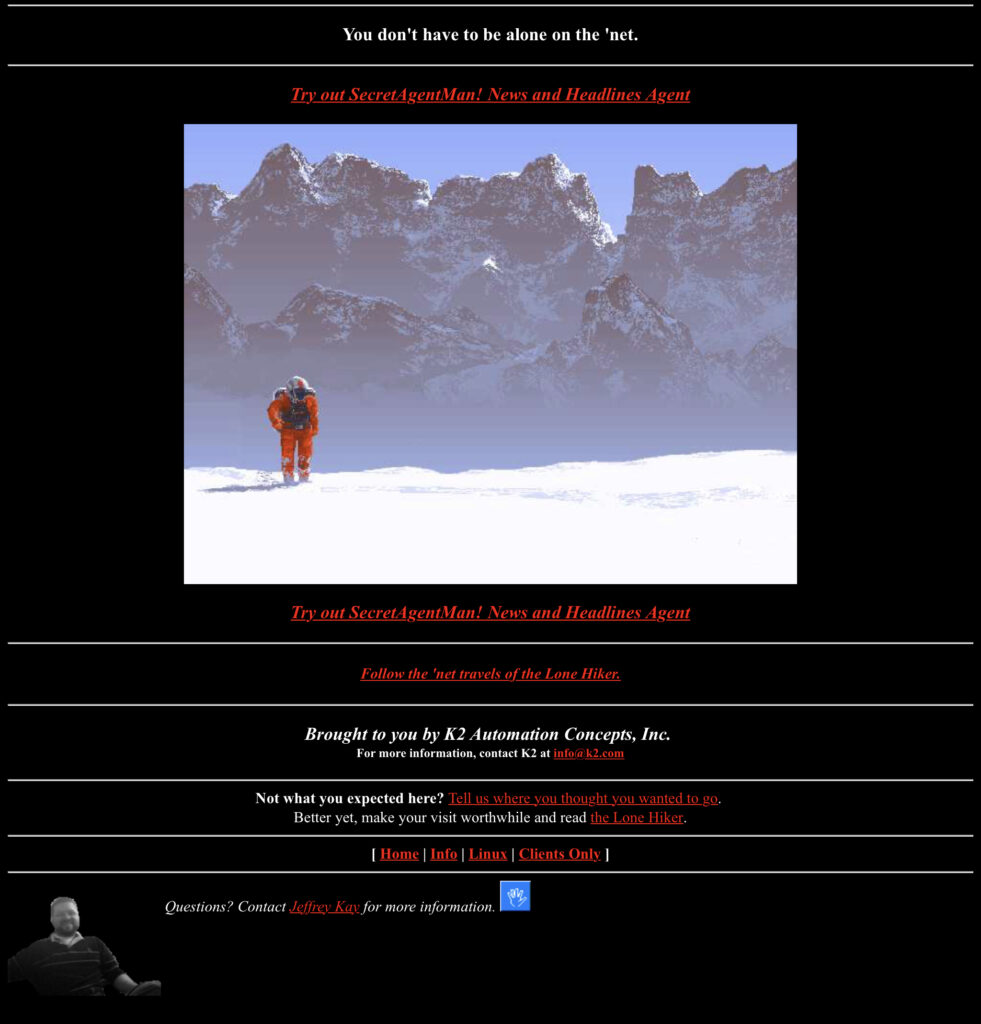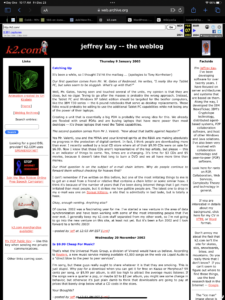
We had a funny experience yesterday at the Apple store buying a watch. First, why bother to go the store when we could buy it online and just pick it up or have it shipped? Well, the reason is that the watch itself is jewelry. While there’s an impressive amount of compute and functionality in the watch, the important decision wasn’t about the difference between the models (SE, Series 9, or Ultra 2) – the important decision was about the color and style of the band and the case. As I said, the Apple Watch is jewelry.
So why write about this? Because, the store seemed to be ill-equipped to handle this as the primary sales motion. The demo models were not marked with the names of the colors, so differentiating the Starlight and Sliver cases was really difficult. Similarly all of the available bands were not on display. To top it all off, the sales person seemed indifferent to this selection and wasn’t particularly helpful as he continued to go back to a screen to try to get us to make a selection there.
Maybe it’s not really a big deal – I suppose if we got a color we didn’t like, we could return it. But I’m pretty sure that if I were buying a regular watch elsewhere, the discussion would be all about the style and look. While there aren’t choices in the shape of the Apple Watch case, the choice of watchband and case color is why one would go to the store for one. It would be great if Apple would recognize this.
As a side note, many years ago, I used to refer to all Apple products as jewelry. I’ve apparently never written about this, but it’s one of my long-held perspectives. Apple builds amazing devices with terrific functionality, but one of the main reasons people buy them is because they jewelry. No one walks around proudly with their Samsung Galaxy as a fashion statement, but everyone with an iPhone certainly does. The price of these devices reflects that idea – these are “designer” devices, just like designer clothing – and you have to pay big to get into one. Sure, there are always the SE models, which are cheap, but it’s the fashion designers usually have a few low end models to give those that can’t afford the luxury a taste of the good life.





